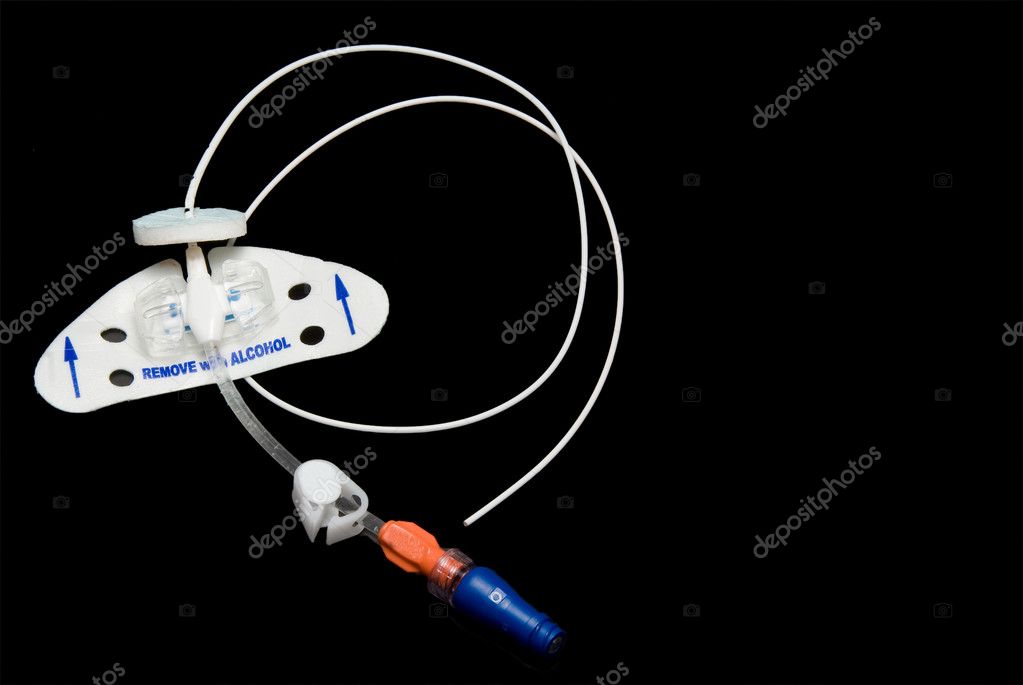


The most dangerous infectious complication is catheter-related bloodstream infection (CRBSI), associated with high rates of morbidity and mortality. Infection is responsible for the removal of about 30%–60% of CVCs and hospitalization rates are higher in CVC patients than patients with other types of dialysis accesses. Serious infection from CVC: Infections can be localized (to the area of the insertion site) or systemic (affecting the whole body).Blood can also be drawn from the CVC, negating the need for needles during routine or recurring blood tests. The tubes from the catheter connect directly to IV tubing or the tubes on the dialysis machine. No needles: No needles are required for access, whether you are receiving medicine with your CVC or utilizing it for dialysis treatment.


Long- term access: A CVC can remain in place for days, weeks, and even months, so it’s useful for patients undergoing long-term treatment.Immediate access: A CVC can be used as soon as it is placed, so it’s a good choice if urgent or emergent dialysis is needed.If for some reason a patient can’t have an AV fistula or AV graft created, such as small or scarred veins, a CVC might be utilized as the primary dialysis access. It takes several months for an AV fistula to be ready for dialysis use, but a CVC can be used as soon as its placed. In some cases, a central venous catheter may be placed for urgent hemodialysis while the patient’s AV fistula is still healing and/or maturing. It’s important to note that while a CVC can be used for dialysis, an arteriovenous (AV) fistula is considered the first and best choice in dialysis access. If you are receiving long-term treatment, whether it’s for an infection or cancer, a CVC provides easy access to your blood for medical providers.Ī CVC is also an option for hemodialysis treatment. What is a CVC Used For?Ī CVC can be accessed for a multitude of uses, including administering medicine, nutrition or chemotherapy, drawing blood, or receiving dialysis treatment. The internal portion of the CVC (the tip) rests in the right upper chamber of the heart and the y-end of the CVC remains outside of your body. These tubes will serve as access to the bloodstream and will be capped off when not in use. The physician will numb the area for the insertion and may use x-ray imaging to guide the catheter into its correct location downward toward the chest.Īfter it’s inserted, two soft tubes will be visible on the outside of the body in the upper chest area.
Picc line skin#
Non-tunneled catheters are designed to be temporary and may be put into a large vein near your neck, chest, or groin.ĭuring an outpatient procedure, a physician who specializes in vascular access makes a small incision in the skin over the selected vein located in the neck, upper chest, or groin. Tunneled CVC’s are placed under the skin and meant to be used for a longer duration of time. There are two types of central venous catheters: tunneled and non-tunneled. The CVC is also able to remain in the body for a longer period of time than the standard IV. A CVC is much longer than the standard IV and is placed deeper in the body into larger blood veins. Central Venous Catheters (CVC)Ī central venous catheter is a long, flexible, y-shaped tube that is inserted through one of the central veins found in your neck, chest or groin to allow access to the bloodstream. Let’s look at the similarities and differences between a CVC and a PICC, and when you might come across them in your care. While a PICC is never used for dialysis, it is commonly used to administer medications for patients, such as antibiotics or chemotherapy. A peripherally inserted central catheter, also known as a PICC (pronounced “pick”), is just one type of central venous catheter. You’re probably already familiar with a standard IV, or peripheral IV, that’s usually placed in the hand or arm, but there are other types of access as well, such as a central venous catheter (CVC) and a peripherally inserted central venous catheter (PICC).Ī CVC serves as a way to access your blood and helps your medical team deliver medication, blood products, nutrients, or fluids directly into your bloodstream or to draw blood samples. There are many different types of catheters and lines utilized by medical professionals to access your blood, whether used for taking blood samples, administering medication or receiving dialysis.


 0 kommentar(er)
0 kommentar(er)
